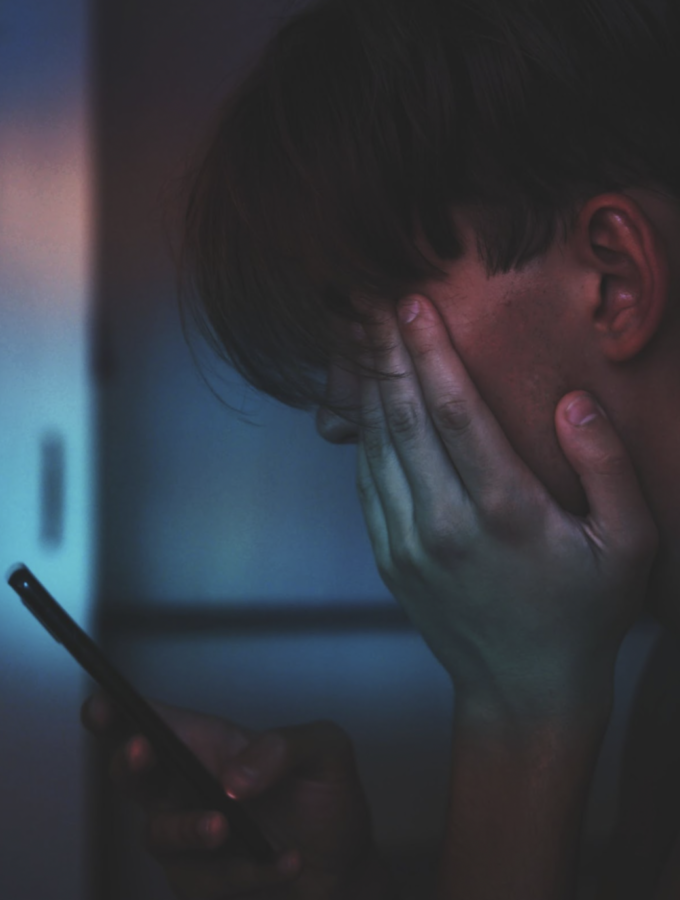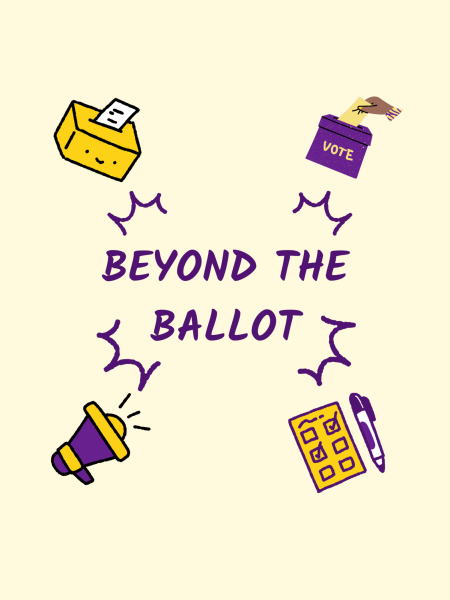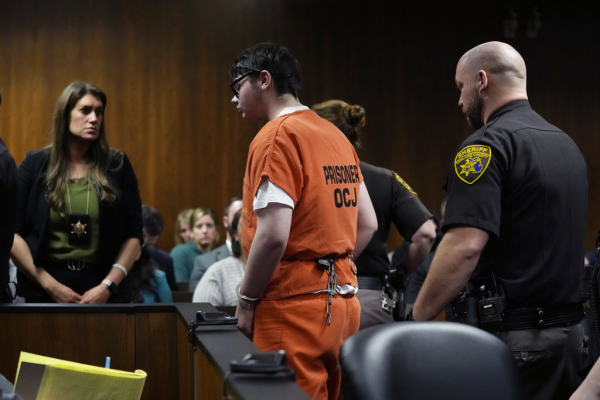988, the new digits of the National Suicide Prevention Lifeline
This establishment aims to expand the capacity of answered calls and texts, with the goal of instantly connecting people to mental-health professionals.
Licensed by Unsplash
When someone dials 988, a certified counselor at a call center will navigate them through the crisis.
According to the Scientific American, nearly one out of every two people in the United States will suffer from depression, anxiety, or other mental health conditions at some point in their life. Currently, about one in every 17 Americans has a diagnosed mental illness. In attempt at providing equal and accessible care, the U.S. created the National Suicide Prevention Lifeline–a networking system that answers calls in a time of mental health crisis–in 2005.
Studies from the Wall Street Journal show that one in every six people’s calls weren’t answered due to understaffing and high demand of the network. Plus, the old sequence of digits, 800-273-8255, made it difficult for some to remember in a crisis. Historically, the U.S. has a history of neglecting mental health issues, and many struggle to agree on how to handle them.
Now, the lifeline can be reached with three digits, 988, almost equating it with 911. This establishment aims to expand the capacity of answered calls and texts, with the goal of instantly connecting people to mental-health professionals.
Public Safety vs. Public Health
While law enforcement is tasked with maintaining public safety, there is a distinct difference when it comes to public health. There is a fine line between addressing public safety, or the protection of order for everyone, and public health, or the protection of someone’s wellbeing.
In a poll conducted by The Trevor Project via Axios, over a third of 2,210 adults responded that they distrust the police to be the first response to a mental health crisis. While many police officers aim to provide justice and order, not all are capable of or comfortable with handling a mental health crises, such as a suicide attempt.
Tonja Myles from Time Magazine said that her history with mental illness and suicide attempts was not appropriate for police officers to handle. After facing childhood abuse, Myles struggled with her mental health and resorted to different coping mechanisms. When she decided to end her own life, she left a note for her family, and they called 911.
When the officers arrived, Myles felt incriminated and targeted. She said that she considered provoking the officer further, hoping he would shoot her to end her life. While Myles managed to pull through her suicidal crisis, her story is the reality for millions of people today.
Tending to Mental Health Crises
Effective help during a crisis such as suicide requires training and awareness. A typical police officer is usually trained to handle situations like disputes or terrorism. They enforce the law in order to maintain order within the country.
The difference between tending to crimes and mental health crises is that people experiencing the latter usually don’t intend to harm anyone else. Often, the situation requires special care and attentiveness more than control or assertiveness.
Mental health issues can fluctuate. There is no cure that can erase childhood trauma or a technique that can eliminate depression. Furthermore, the degree to mental health issues, ranging from mildly noticeable to severely impairing, should be noted as well. Mental health illnesses require a thorough, careful understanding in order for someone, such as an officer or professional, to handle.
Regardless of these aspects, the decision to end one’s own life can be devastating. The moments between life-and-death can impact the decision.
How 988 Aims to Work
When someone dials 988, a certified counselor at a call center (ideally located near that person) will navigate them through the crisis, aiming to alleviate the situation until it is considered stable. If more help is needed, they will send a moving team of experts and peer-support counselors to their location. If these interventions still aren’t sufficient, 988 will direct people to stabilization facilities where trained staff provide additional support.
New York City Health Commissioner Dr. Ashwin Vasan believes that it “represents probably the most potentially transformative federal legislation in mental health that we’ve seen in decades.”
Adversities of 988
Although this vision can be attainable, some think more work needs to be done, especially in a country historically known for dismissing mental-health needs. Funding, staffing, and insurance reimbursements will all be challenges.
“We are sitting in the context of a system that is fragmented and frankly has a lot of gaps in terms of providing services for individuals,” said John Palmieri, the director of 988 and Behavioral Health Crisis at the Substance Abuse and Mental Health Services Administration.
There can be risks to calling a lifeline network. By dialing 988, one must be aware that they are almost waiving some of their rights to someone who might be able to help. These call centers also can be underfunded non-profits that are far away or only have trained volunteers.
The Future of 988
While the U.S. is still working on the mental health needs of its citizens, 988 still represents a step towards improvement, and ultimately, real change.
Sources:
https://time.com/6197997/988-mental-health-crisis-hotline/
https://afsp.org/suicide-statistics/
https://www.samhsa.gov/find-help/988
https://www.scientificamerican.com/article/a-neglect-of-mental-illness/
https://www.axios.com/2022/04/20/988-suicide-hotline-number-poll

Hills senior Julia Bang is looking forward to being on the Trailblazer for her final year. She joined the publication her freshman year as a staff writer and edited for the Life & Style and In-Depth sections in her sophomore and junior years, respectively. This year, Bang is excited to create content and manage stories alongside the entire editorial staff.
Fun fact: Bang is a "cafe enthusiast."













































